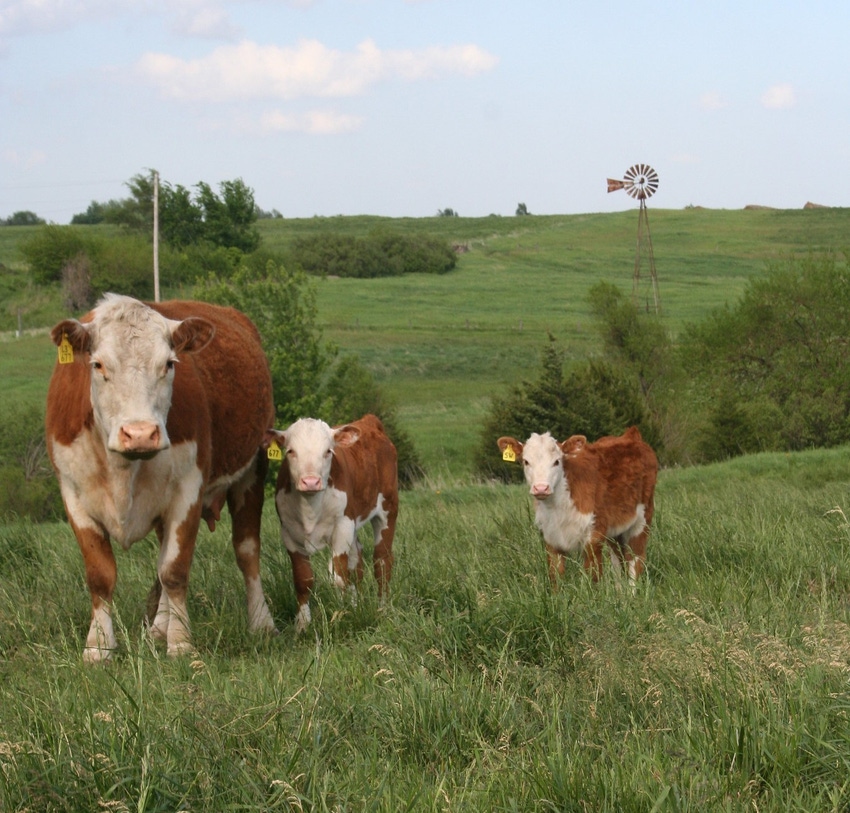Bagley Risk Management Solutions: Your Guard Versus Unpredictability
Bagley Risk Management Solutions: Your Guard Versus Unpredictability
Blog Article
Recognizing Livestock Danger Defense (LRP) Insurance: A Comprehensive Guide
Navigating the world of animals risk defense (LRP) insurance coverage can be a complex venture for several in the agricultural market. From how LRP insurance coverage functions to the numerous coverage alternatives readily available, there is much to uncover in this thorough guide that might potentially shape the way livestock producers approach danger administration in their organizations.

Exactly How LRP Insurance Coverage Functions
Occasionally, comprehending the auto mechanics of Livestock Risk Defense (LRP) insurance can be intricate, yet damaging down how it functions can provide quality for farmers and herdsmans. LRP insurance is a threat management tool made to safeguard animals producers against unanticipated rate declines. It's essential to keep in mind that LRP insurance is not an earnings assurance; rather, it concentrates entirely on price threat defense.
Eligibility and Protection Options

When it comes to protection alternatives, LRP insurance policy supplies producers the flexibility to choose the protection degree, coverage duration, and endorsements that ideal match their threat monitoring demands. By comprehending the qualification criteria and insurance coverage alternatives offered, animals manufacturers can make educated decisions to handle danger successfully.
Advantages And Disadvantages of LRP Insurance Coverage
When reviewing Animals Danger Security (LRP) insurance, it is essential for livestock manufacturers to evaluate the disadvantages and advantages integral in this risk administration device.

One of the main advantages of LRP insurance is its capability to offer protection against a decline in livestock costs. Furthermore, LRP insurance uses a degree of adaptability, enabling producers to tailor coverage degrees and plan durations to fit their particular needs.
However, there are also some downsides to consider. One limitation of LRP insurance is that it does not safeguard versus all kinds of risks, such as condition break outs or natural disasters. Premiums can sometimes be expensive, especially for producers with large livestock herds. It is critical for manufacturers to carefully evaluate their specific threat exposure and monetary circumstance to identify if LRP insurance policy is the best risk administration device for their operation.
Understanding LRP Insurance Premiums

Tips for Making Best Use Of LRP Benefits
Making best use of the benefits of Livestock Risk Security (LRP) insurance policy calls for critical preparation and proactive threat management - Bagley Risk Management. To make the many of your LRP protection, take into consideration the complying with suggestions:
Consistently Assess Market Problems: Keep informed concerning market patterns and cost changes in the animals sector. By keeping track of these aspects, you can make enlightened choices about when to acquire LRP protection to safeguard versus potential losses.
Set Realistic Protection Levels: When choosing protection degrees, consider your manufacturing costs, market value of animals, and possible threats - Bagley Risk Management. Setting realistic coverage levels makes sure that you are properly secured without overpaying for unneeded insurance
Expand Your Insurance Coverage: Rather of depending only on LRP insurance, think about diversifying your danger management strategies. Incorporating LRP with various other threat administration devices such as futures contracts or alternatives can provide comprehensive insurance coverage versus market uncertainties.
Evaluation and Adjust Insurance Coverage Regularly: As market problems alter, regularly review your LRP insurance coverage to guarantee it aligns with your current danger direct exposure. Changing insurance coverage degrees and timing of acquisitions can aid optimize your risk protection strategy. By complying with these suggestions, you can make best use of the benefits of LRP insurance and secure your livestock procedure against unpredicted risks.
Verdict
To conclude, livestock risk security (LRP) insurance policy is an see page important device for farmers to manage the monetary threats connected with their animals procedures. By see it here comprehending how LRP works, qualification and insurance coverage options, in addition to the pros and disadvantages of this insurance, farmers can make informed decisions to secure their livelihoods. By thoroughly taking into consideration LRP premiums and applying techniques to take full advantage of advantages, farmers can minimize potential losses and guarantee the sustainability of their operations.
Animals manufacturers interested in getting Animals Threat Defense (LRP) insurance can explore a range of click to investigate qualification requirements and insurance coverage choices tailored to their details animals operations.When it comes to protection alternatives, LRP insurance policy offers producers the flexibility to choose the coverage level, coverage duration, and recommendations that ideal match their threat administration requirements.To comprehend the ins and outs of Livestock Risk Protection (LRP) insurance fully, recognizing the variables affecting LRP insurance policy premiums is important. LRP insurance coverage premiums are determined by numerous aspects, including the coverage degree selected, the expected price of animals at the end of the protection period, the kind of animals being insured, and the size of the protection period.Testimonial and Readjust Protection Consistently: As market problems alter, periodically assess your LRP insurance coverage to ensure it aligns with your existing risk exposure.
Report this page